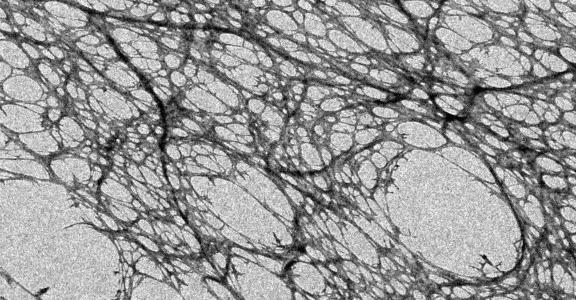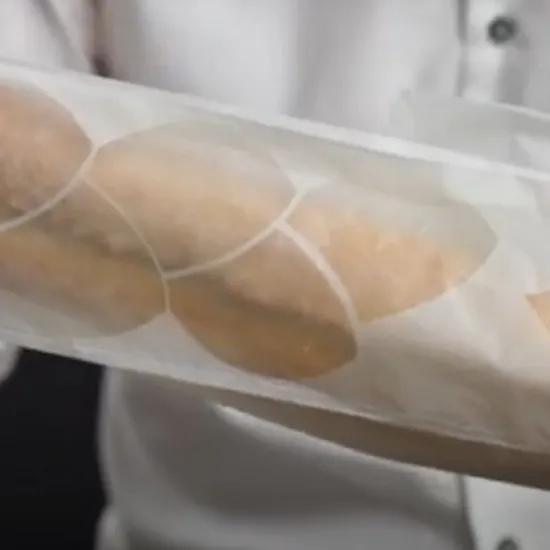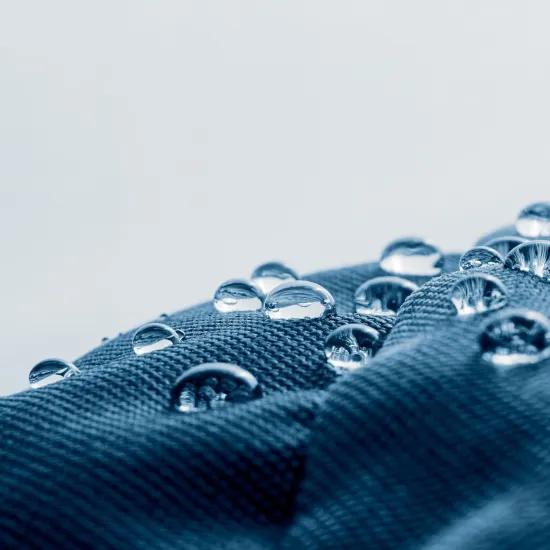Versatile bio-based material ready for industrial application
Depending on the type of nanocellulose produced the possibilities of this promising material are huge. So are its properties, which can be made very specific and tunable through functionalisation. The resulting materials can be used for a wide range of technological applications. We give you an overview of the different production and pre-treatment steps of nanocellulose.
In a previous blog we introduced nanocellulose as a versatile, environmentally-friendly material that shows great potential in a wide range of applications. This wide range of possibilities is linked with the fact that different types of nanocellulose material can be produced: fibrous, crystalline and bacterial, depending on the production method used. Additionally, the source material influences the dimensions of the nanocellulose and functionalisation can give the nanocellulose very specific and tunable properties. In this blog, a short overview is given of these different production and pre-treatment steps.
Production methods
The production of nanocelluloses involves several steps with pretreatment, extraction and purification under a combination of mechanical, physical, chemical and biological conditions. The specific morphology of the resulting nanocellulose highly depends on the selection of specific sources and processing conditions. Starting from natural fibres and plants, different methods are employed to remove impurities such as lignin, hemicellulose, and pectin, while other sources may be selected to obtain more pure forms of nanocellulose with less intensive processing. The broad range of resources and toolbox of processing steps provides nanocellulose materials that can be assembled into functional structures and high-quality materials for technological applications (e.g., hydrogels, aerogels, macroscopic filaments, membranes, composites and coatings). The mechanical properties of resulting nanocelluloses may become comparable to traditional steel fibres, ranging from 10 to 130 GPa Young’s modulus.
Acid Hydrolysis: In this method, cellulose is treated with acid to break down its fibres into nanoscale dimensions. Careful control of the reaction conditions is essential to achieve the desired size and morphology of the resulting nanocellulose.
Enzymatic Hydrolysis: Enzymes selectively break down cellulose into nanofibres or nanocrystals. This method is often milder than acid hydrolysis and can be more environmentally friendly.
Mechanical Methods: High-pressure homogenisation, microfluidisation or grinding can be employed to physically break down cellulose into nanosized particles with precise control over particle size. Although these methods are intrinsically energy-intensive, significant efforts and advances were recently made to make the processing more sustainable in combination with suitable pretreatment.
Following nanocellulose production, purification steps such as washing and filtration are performed to eliminate any remaining impurities and achieve a clean and refined nanocellulose product for further modification.
Functionalisation of nanocellulose
In combination with their intrinsic properties such as high specific surface area, light weight, amphiphilic properties, water holding capacity, chemical reactivity, biodegradability, high mechanical strength, environmental friendliness and non-toxicity, functionalisation is a key step in enhancing the properties of nanocellulose for specific applications. It involves modifying the surface of the nanocellulose structure or introducing functional groups to reach desired characteristics and functionalities. The most commonly used routes are chemical, physical or enzymatic. Each of these routes consist of different possible techniques creating a wide variety of possibilities and surface functionalities.
Through the surface modification of nanocellulose, the hydrophobic properties and compatibility within composite matrixes may be enhanced, or additional features are introduced, such as antimicrobial activity, biocompatibility, thermal stability and flame retardance, selective absorption capacity, barrier properties or electrical conductivity.
Want to know more?
As we believe this material can become a game changer in future applications, we want to introduce you to this material during a seminar with experts in the field, from Belgium and abroad. Don't miss this opportunity to delve into the world of nanocellulose and explore how it can enhance your company's sustainability, innovation and competitiveness: check our agenda regularly or contact us, we'll be happy to keep you up to date!







